A plane I made a while ago with some cringey advertising and bad photos back when I couldn't make anything good myself. I loved Leehopard's creation so much and I wanted to give it a realistic touch. The AIM-47s maybe a little off, since this is early for me. I apologize for the horrible backstory I made for everyone hehe... I thought, "What's the point of this if it can't go Mach 3?" So I made it so that it could. No cockpit, of course.
Credit to Leehopard for the airframe (Better than "plane" I use jargon now hahaha) and BurkeAircraft1 for the so-so AIM-47s (so-so referring to how I made them!) and Sharkdude300 for the color?
I hope you enjoy if you can.
Specifications
Spotlights
- Trainzo 1.2 years ago
- ACEOFFICERS 1.2 years ago
- Zaineman 1.1 years ago
General Characteristics
- Created On Windows
- Wingspan 62.0ft (18.9m)
- Length 97.8ft (29.8m)
- Height 34.1ft (10.4m)
- Empty Weight 49,761lbs (22,571kg)
- Loaded Weight 106,481lbs (48,299kg)
Performance
- Power/Weight Ratio 2.216
- Wing Loading 47.5lbs/ft2 (232.1kg/m2)
- Wing Area 2,240.2ft2 (208.1m2)
- Drag Points 2566
Parts
- Number of Parts 366
- Control Surfaces 6
- Performance Cost 2,298

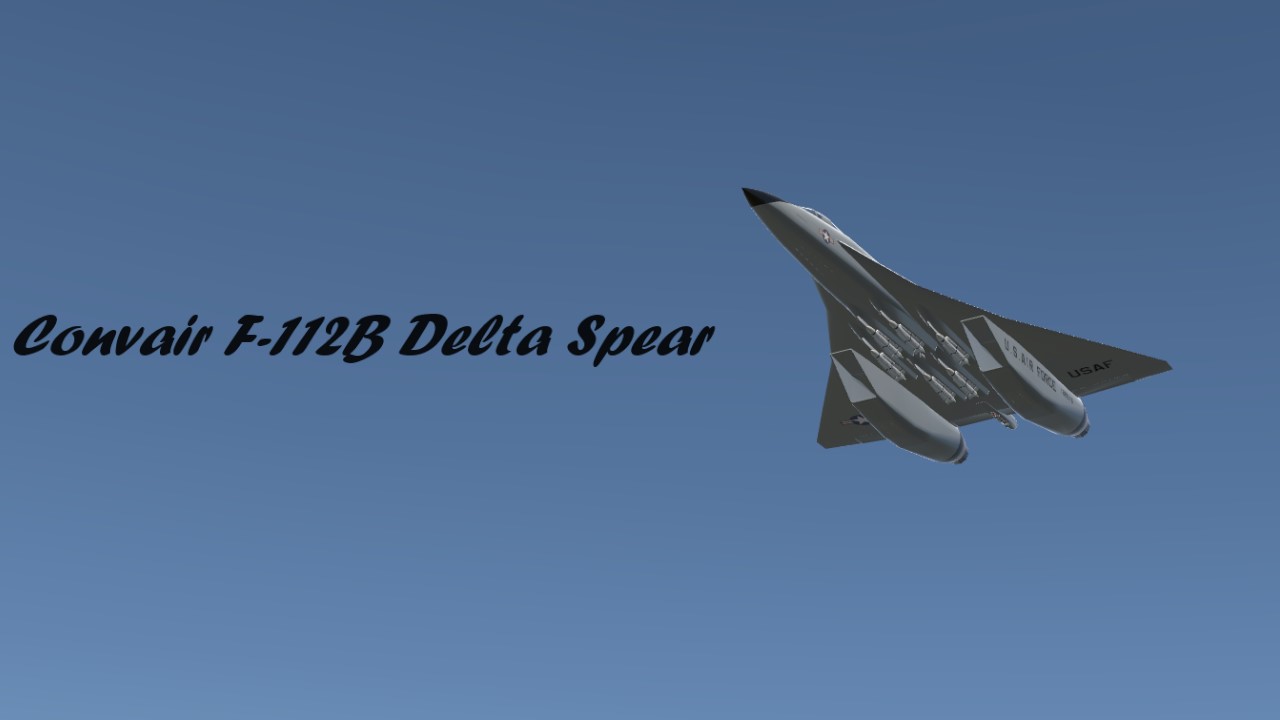
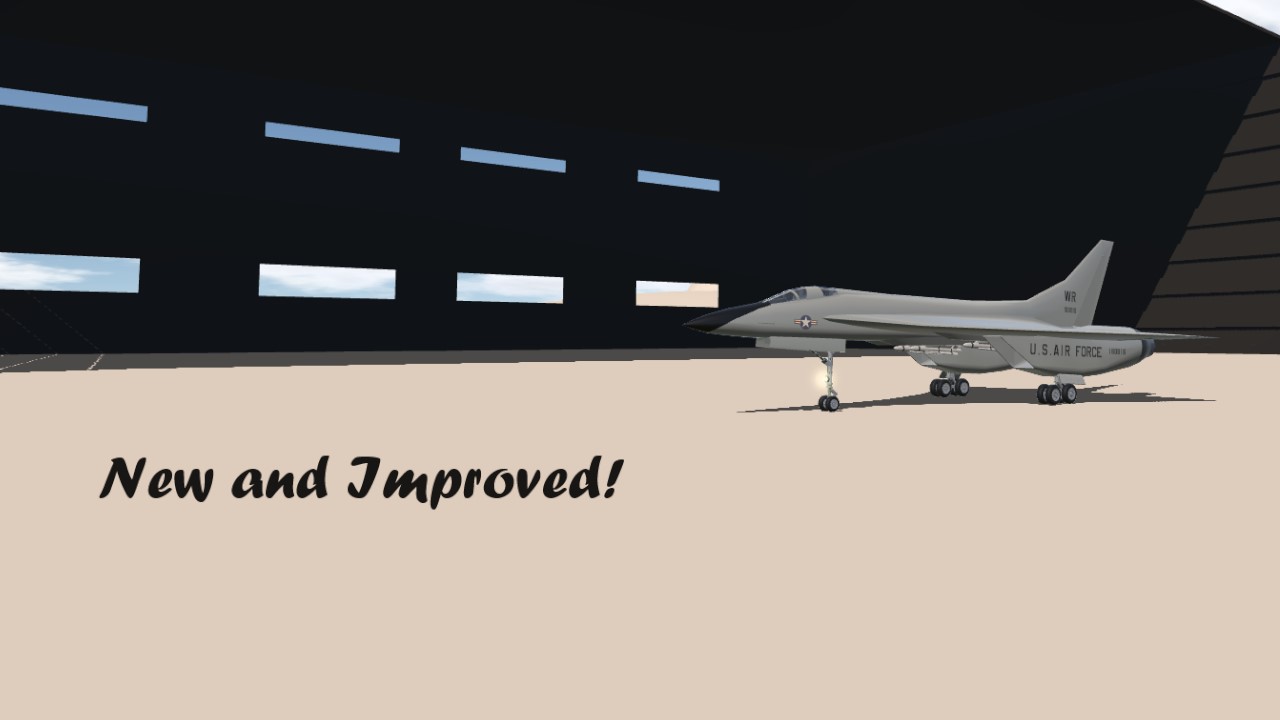
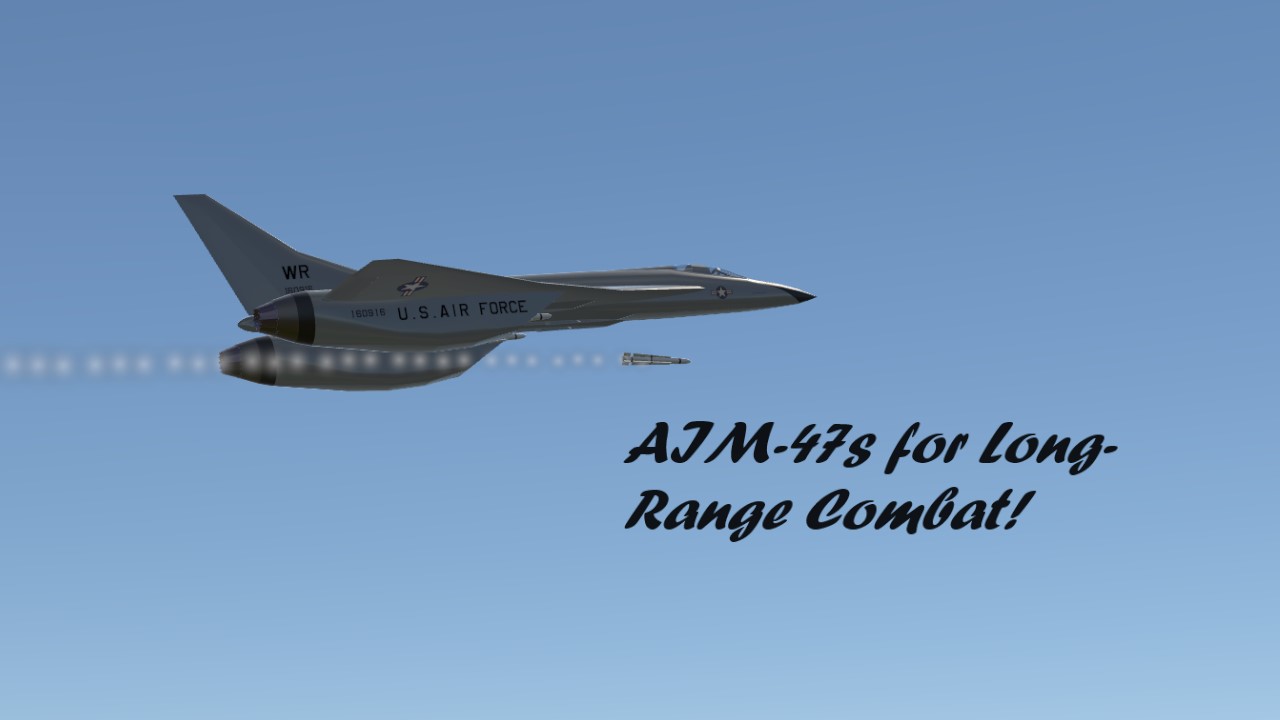
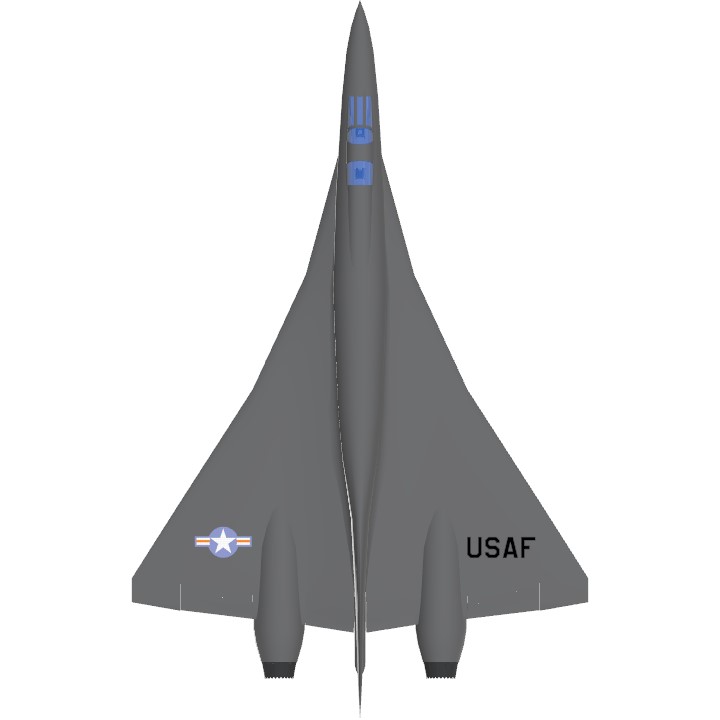
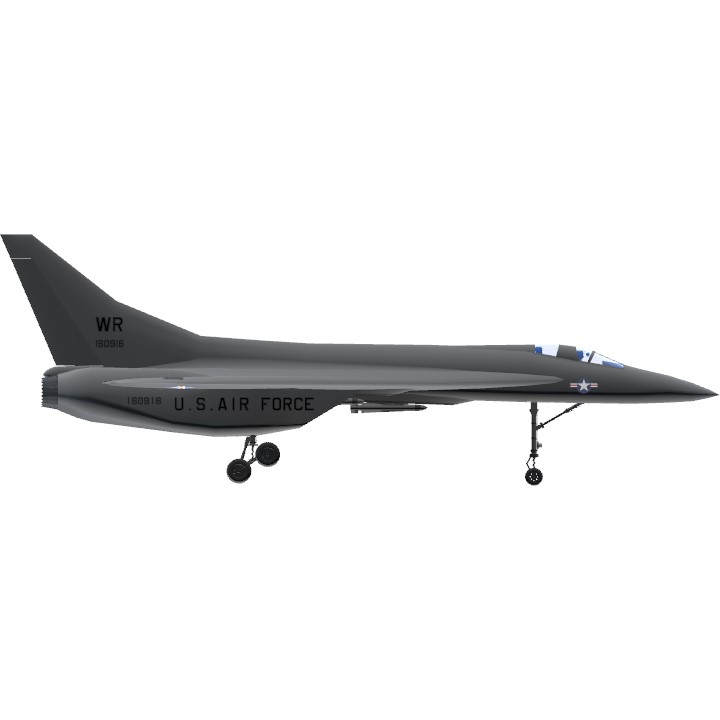
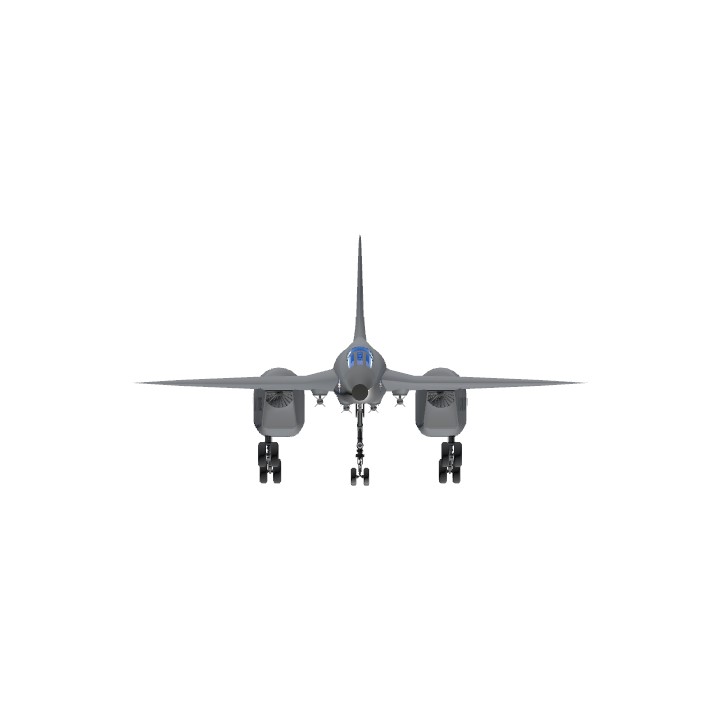
Yes, I just thought that up in my head.
THANKS FOR 15 UPVOTES!
THICC engines
@AF1 I gave it AIM-47 Falcons, countermeasures, a brake parachute, and painted it in Aerospace Defense Command Grey. I increased the power of the VTOL engine so it would go over Mach 3 at high altitude. I also changed the labels and the activation group of the afterburner to 2 so they are now toggleable.
uhhh what did you change?
@jumped Where's the W and Pinocchio?
@jumped Never mind..... 😁
@TheAviator77 why no download?
I guess you don't care Andrew. Sigh.
I love it :)
10/10
@AndrewGarrison check this out
@Trainzo Merci
Very nice plane .
@jumped Hey jumped don't download this
@Christiant2 Thank you
Good job this looks sick!